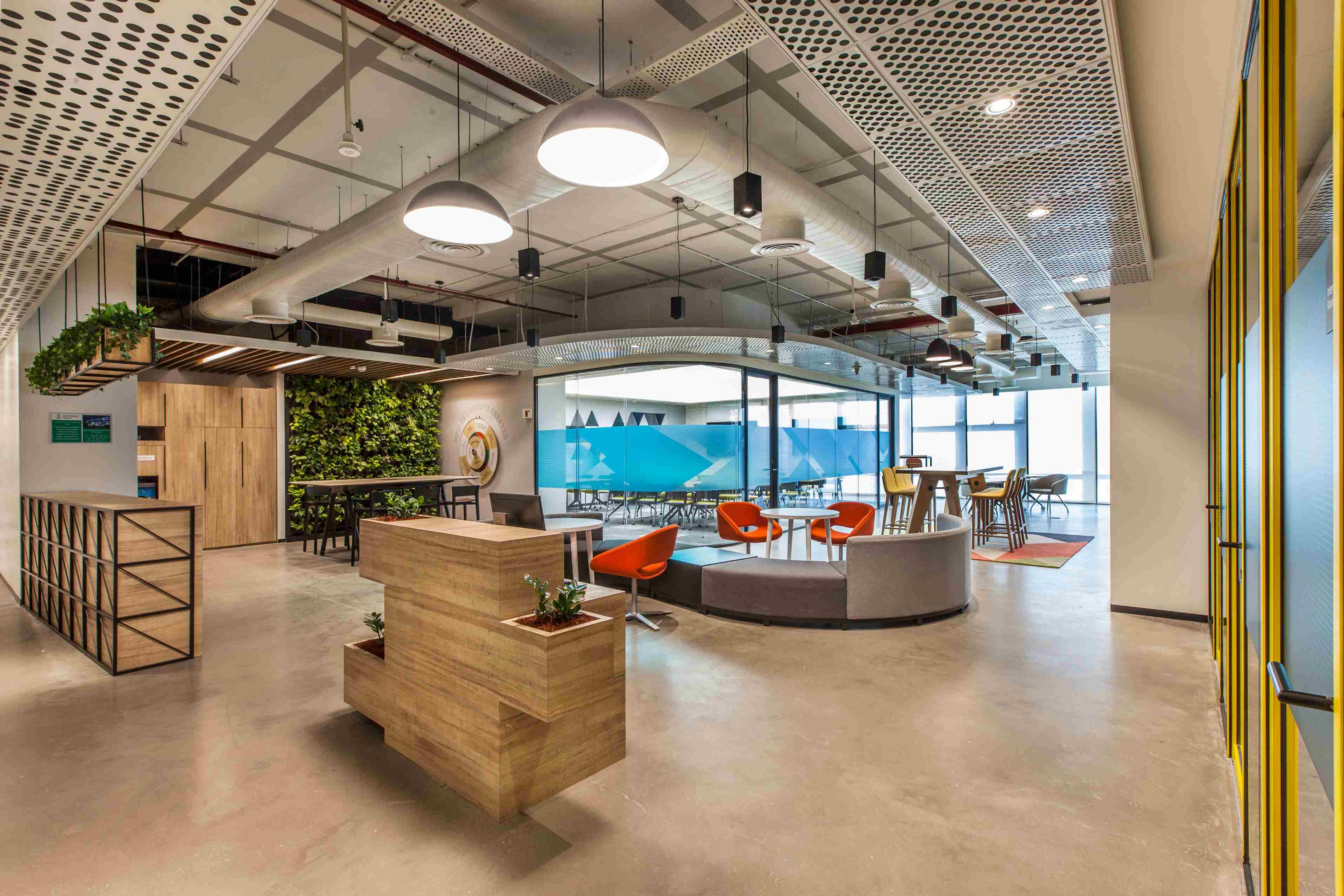4 things to consider when hiring an office design company in Singapore
As real estate prices in Singapore fluctuate and organisations understand how the office space can add value to the employee experience, there is greater demand for office design services. The rising cost of commercial space has resulted in many companies moving from the central business district to bigger offices in newly developed areas. Companies are also going beyond visual appeal and space efficiency, and engaging design firms to transform the workspace to improve productivity and create a delightful employee experience.
With changing requirements, the capabilities that a design firm needs to bring to the table are also evolving. Look for a design company that:
- Marries the art with the science and technology behind space design
- Stays true to the design intent of the project
- Looks for innovative solutions
- Adopts a partnership approach
Here are the top considerations for choosing an office design company in Singapore.
1. Technology strength
Design firms must be well-versed with the latest technologies and know how to apply them to solve your company’s challenges. One such technology is the use of sensors to capture data on how a space is being utilised.
“In the case of a project for a multinational tech company in Singapore, we analysed data from sensors within their office to understand the work culture. The data revealed that employees needed more of smaller, informal meeting rooms. It led us to create phone booths with video facilities that accommodate one to two people,” said Troy Christie, Director, Client Solutions at Space Matrix.
Designers and project teams now have a slew of software tools that help improve decision-making, client engagement, process efficiencies and project delivery. Some capabilities that design firms are building are:
- Efficiencies in end-to-end service delivery with enterprise resource management software
- Timely project updates to clients with lean dashboards
- Saving time and money in projects with Lean Sigma methodologies
- Improved design modelling with digital tools such as SketchUp and V-Ray
2. A design-led approach
Designers are inherent problem-solvers and they tend to approach a project with a view to finding a creative solution. However, a company cannot expect the same approach when it engages a construction firm with a in-house design resource. A builder looks at a project from the lens of construction processes, and not with a focus on design. When it takes over office design as part of a turnkey solution, design is often a casualty. Other more pressing concerns such as overall cost and timeline pressures often take centrestage. Whereas in a design-focussed approach, there is greater room for the design intent to prevail until project completion.
“Tony Fadell, American inventor and designer, says that often when a task is repeated consistently, the little details get overlooked – what he calls habituation. It is important to remember that designers are wired to solve problems that others may not have considered. Fadell says that it is easy to solve a problem that everyone sees, but hard to solve what everyone doesn’t see,” adds Mr. Christie.
3. Innovation and design excellence
It is often said that innovation does not happen in a vacuum. Innovative ideas take shape when people with different experiences share their knowledge and collaborate. Design firms that have successfully tapped into the latent knowledge of its teams working in different regions and for different industries have a far greater success rate at finding innovative solutions.
Space Matrix has set up a design excellence centre that is focused on creating tailor-made solutions for its clients’ requirements. The design excellence centre draws on the knowledge and experience of its teams from across regions. When Space Matrix designed the offices of a large IT company across Asia-Pacific, it drew on the insights its design excellence team provided for each location. With this approach, the design firm was able to add local flavours to each project without diluting the overall brand philosophy or jeopardising the business objectives.
4. Collaborative partnerships
Whether the outcome fulfils the project objectives depends a lot on the design process itself. Does the process provide scope for partnership between you and the design team? Is there room for sharing ideas? Working with a design firm is quite different from contracting a consultant. Design firms have built-in processes that engage you throughout the project, without taking up too much of your time. In a two-way relationship, significant effort goes in understanding each other and finding solutions for both the articulated and unarticulated needs. This partnership approach is a differentiator that only design firms offer.
If you’re looking for an office design company based in Singapore, contact us today.





